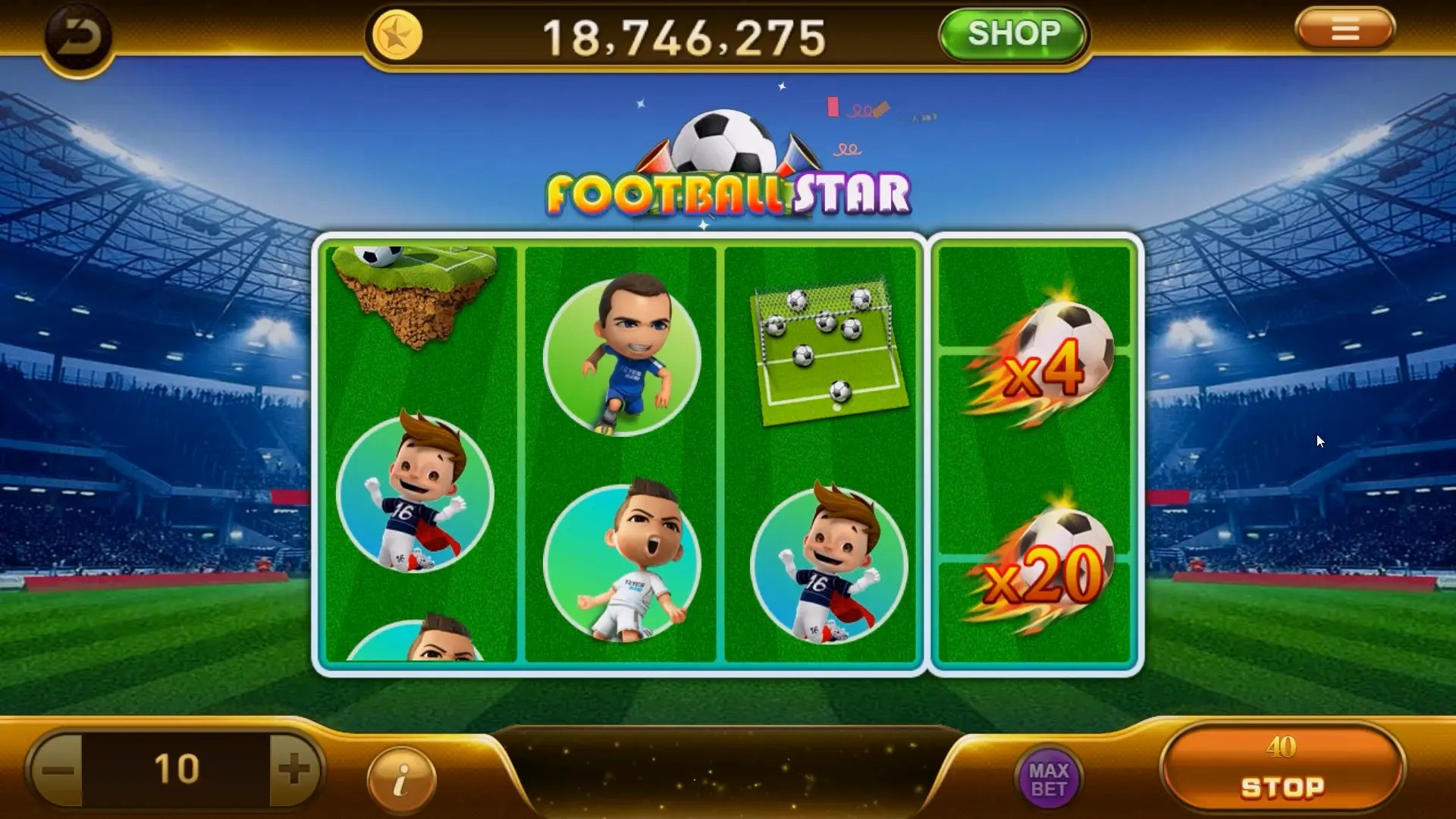Building Dreams: How Life Simulation Games Transform Virtual Experiences
Life simulation games have surged in popularity over the past few years, captivating players of all ages with their immersive experiences. They offer not just entertainment but also a platform for creativity and personal expression. In this article, we will explore how these games transform virtual experiences, particularly focusing on building games and their fascinating mechanics.
What Are Life Simulation Games?
Life simulation games, as the name suggests, simulate real-life activities within virtual environments. Players can manage a character’s lifestyle, build homes, and create unique scenarios that reflect their personalities. Some popular examples include:
- The Sims series
- Animal Crossing
- Stardew Valley
- My Time at Portia
These games often encourage exploration, creativity, and sometimes, even social interaction, which contributes significantly to their appeal.
The Appeal of Building Mechanics
The core appeal of many life simulation games lies in the building mechanics. Players are given tools and resources to create their ideal worlds. This not only enhances the gaming experience but also encourages strategic thinking and planning. Here are some elements that make building mechanics engaging:
| Element | Description |
|---|---|
| Customization | Players can modify landscapes, interiors, and characters, allowing for personal touches. |
| Resource Management | Gathering resources and managing them wisely adds a layer of challenge to the game. |
| Community Sharing | Many games allow players to share their creations, fostering community and collaboration. |
This interplay between creativity and strategy keeps players engaged and eager to improve their skills.
Virtual Experiences vs. Real-Life Experiences
One might wonder how virtual experiences in building games compare to real-life activities. While life simulation games cannot fully replace real-life experiences, they provide an intriguing juxtaposition. For instance, players can design their dream home without the constraints of budget or time. This offers a form of escapism while allowing for exploration and learning.
Moreover, many players find satisfaction in the achievement of creating stunning designs or efficient layouts, similar to real-life accomplishments. So, life simulation games serve as both a creative outlet and a motivational tool for individuals looking to enhance their building skills.
Challenges in the Simulation Genre
Despite its vast appeal, the life simulation genre does encounter challenges. Issues, such as technical problems like "csgo crashes right after match load in," can impact player experience. These challenges often stem from software bugs or performance issues, which developers strive to rectify. Furthermore, some players prefer free games RPG, limiting their willingness to invest in paid simulation titles.
Nevertheless, the continuing evolution of technology and gaming platforms promises improvements in these areas, paving the way for more engaging experiences.
Conclusion
Life simulation games are revolutionizing the way we think about virtual experiences. With their rich building mechanics, they not only provide entertainment but also allow players to express their creativity and enhance their strategic skills. The unique blend of personal expression and interaction found in these games makes them an enduring favorite. As the genre evolves, the possibilities for players will only expand, offering even more opportunities to build and dream.



